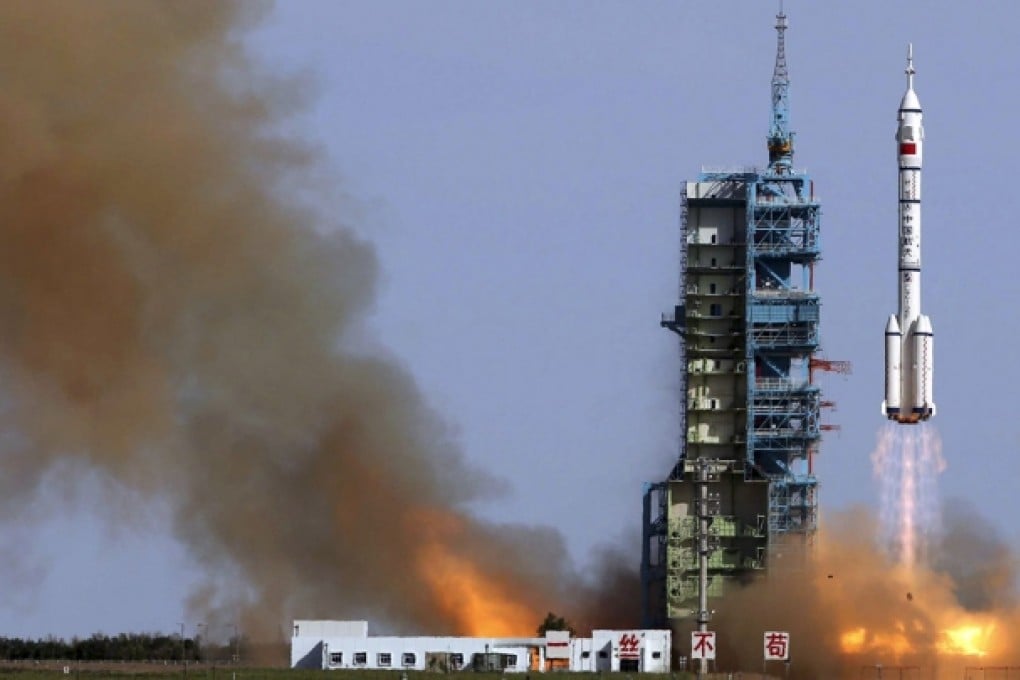China makes its own mark in space with Shenzhou-10
Excluded from other countries' space ventures, China has pursued a successful programme

The successful launch of Shenzhou-10 last week pushed China over a psychological hump that has confronted every nation's space programme, as it moves from nervous risk-taker to sure-footed explorer.
Just 12 months ago, the section chiefs at the Jiuquan satellite launch in the Gobi Desert saw off the mission's three astronauts with stiff smiles and mechanical waves of the hand. That apprehension was gone last Tuesday, with the chiefs trading jokes and posing happily for cameras.
In the words of Wu Ping, deputy director of the space programme's administrative office, the launch of Shenzhou-10 marked the end of a trial-and-error period.
"This and future flights will be fully operational," she said. From now on, Chinese astronauts would roll up their sleeves to do some serious work.
The National Space Administration plans to launch a lunar rover later this year, likely in October, hoping to make it the first vehicle to make a controlled landing on the moon since the Soviet Union's Luna 24 mission in 1976.
The construction of a two-module space laboratory is due to start next year, and construction of a space station consisting of up to six modules is to be complete by 2020, the year the International Space Station (ISS) is scheduled to be retired.
To an outsider, the Shenzhou spacecraft appear as a larger twin of the Russian Soyuz, and the layout of China's space station resembles that of the Mir station. The similarities have led to suspicions overseas that China's rapid development of its rockets and spacecraft owes a great deal to reverse engineering or the illegal acquisition of technology.